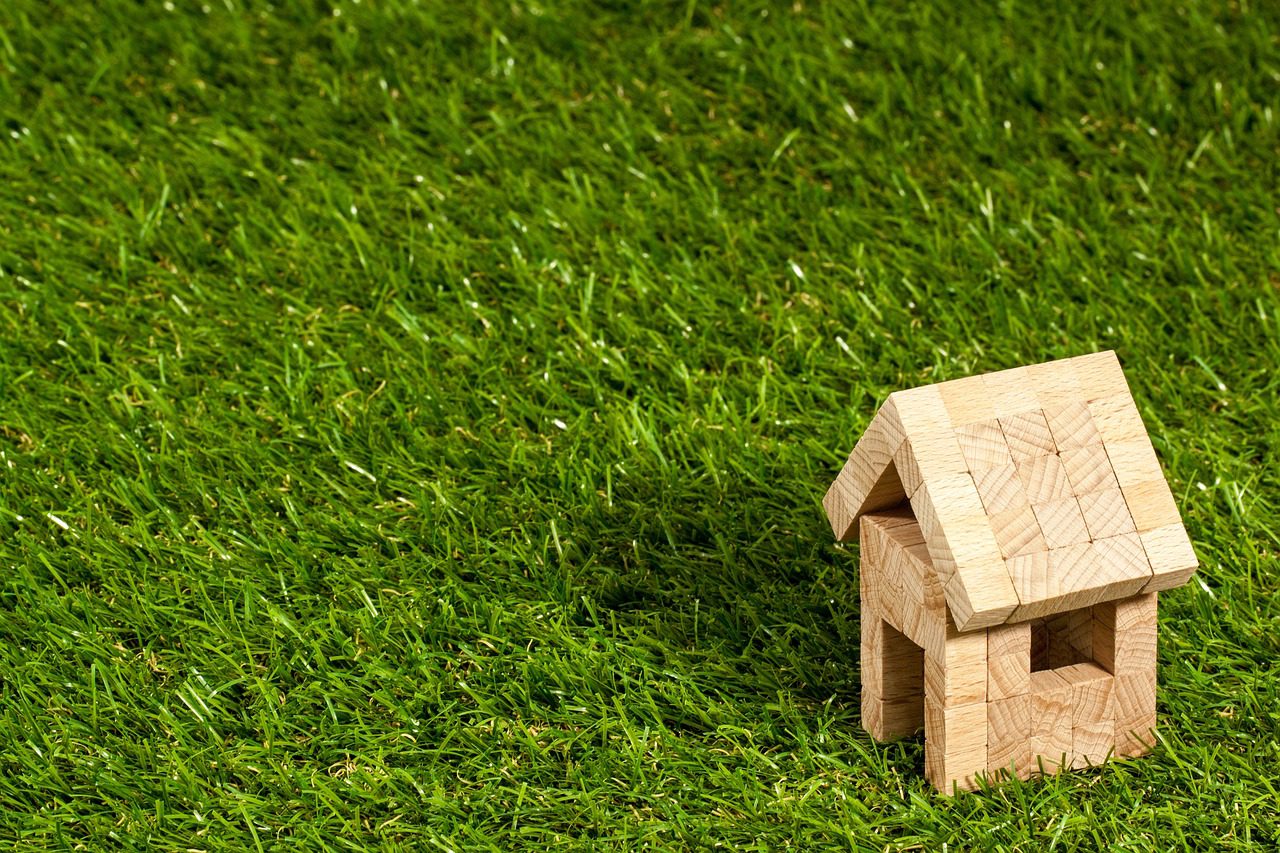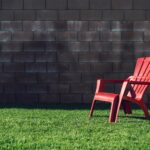From Fake to Fabulous: The Art of Spotting Inferior Synthetic Grass for Your Project
Synthetic Grass for Projects
Synthetic grass, also known as fake grass or artificial turf, has gained immense popularity in recent years. It has become a preferred choice for various projects, including landscaping, sports fields, and residential lawns. Technological advancements have made synthetic grass look and feel more realistic than ever before.
This article will guide you through the process of choosing high-quality synthetic grass for your project and help you spot inferior products. Call Golf Greens Texas — we’ll install the high-quality synthetic turf you need for your project.
The Rise in Popularity of Synthetic Grass
The demand for synthetic grass has skyrocketed due to its numerous benefits. One of the main reasons for its popularity is the low maintenance it requires. Unlike natural grass, synthetic grass doesn’t require mowing, watering, or fertilizing. This makes it an ideal choice for those who want a beautiful lawn without the hassle of traditional lawn care. Additionally, synthetic grass is highly durable and can withstand heavy foot traffic, making it perfect for high-use areas such as sports fields and playgrounds.
Benefits of Using Synthetic Grass for Projects
Synthetic grass offers a range of benefits that make it a superior option for various projects. Firstly, it provides a year-round green and lush appearance, regardless of the weather conditions. Natural grass often suffers from discoloration and bare patches during the colder months or in areas with limited sunlight. With synthetic grass, you can enjoy a vibrant lawn all year long.
Secondly, synthetic grass is an eco-friendly alternative to natural grass. It eliminates the need for harmful pesticides, herbicides, and fertilizers that can pollute the environment and harm wildlife. Furthermore, it conserves water as it doesn’t require regular irrigation like natural grass does. This is especially beneficial in areas prone to droughts or with limited water resources.
Lastly, synthetic grass is a cost-effective solution in the long run. While the initial installation cost may be higher compared to natural grass, the savings in maintenance and water bills over time make it a more economical choice. It also eliminates the need for expensive lawn equipment and professional services, saving you even more money.
Understanding the Different Types of Synthetic Grass
Not all synthetic grass is created equal. There are various types available in the market, each with its own unique features and characteristics. Understanding these differences will help you make an informed decision when choosing synthetic grass for your project.
The first type is polyethylene grass, which is known for its softness and realistic appearance. It is commonly used in residential lawns and landscaping projects. Polyethylene grass blades have a natural-looking texture and can withstand heavy foot traffic without losing their shape.
The second type is polypropylene grass, which is more affordable but less durable compared to polyethylene. It is suitable for temporary installations or projects with low foot traffic. Polypropylene grass is commonly used for events, exhibitions, or as a temporary solution while natural grass grows.
The third type is nylon grass, which is the most durable and resilient option. It is commonly used in high-traffic areas such as sports fields and playgrounds. Nylon grass is known for its exceptional strength and ability to bounce back after heavy use.
Factors to Consider When Choosing Synthetic Grass for Your Project
When selecting synthetic grass for your project, several factors must be considered to ensure you make the right choice. The first factor is the intended use of the grass. Different projects have different requirements, whether a residential lawn, a sports field, or a playground. Make sure to choose a type of synthetic grass that is specifically designed for your project’s needs.
Another important factor is the quality of the grass. Look for synthetic grass made from high-quality materials with a strong backing. Inferior products may have a weak backing, leading to unraveling or premature wear and tear. Additionally, check the density of the grass blades. A higher density means a more realistic appearance and better durability.
It’s also crucial to consider the maintenance requirements of the synthetic grass. Some types may require occasional brushing or infill replenishment to maintain their appearance and functionality. Determine the level of maintenance you are willing to commit to and choose a synthetic grass variety that suits your preferences.
How to Spot Inferior Synthetic Grass
Spotting inferior synthetic grass can save you from headaches and costly repairs down the line. One of the first signs of poor quality is an unnatural appearance. Inferior products may have a shiny or plastic-like sheen, making them look obviously fake. Look for synthetic grass that closely resembles the texture, color, and movement of natural grass.
Another way to spot inferior synthetic grass is by examining the backing. A high-quality synthetic grass will have a strong and durable backing material that can withstand heavy use. Inferior products may have a weak backing that can lead to sagging or unraveling over time.
Additionally, pay attention to the weight and density of the grass. High-quality synthetic grass will feel dense and heavy, indicating a higher amount of material used in its construction. Inferior products may feel light and flimsy, indicating a lower quality and potentially shorter lifespan.
Common Problems with Inferior Synthetic Grass
Inferior synthetic grass can come with a range of problems that can impact its performance and lifespan. One common issue is poor drainage. High-quality synthetic grass is designed to allow water to drain through it, preventing puddles and waterlogging. Inferior products may have inadequate drainage, leading to water buildup and potential damage to the grass and its backing.
Another problem with inferior synthetic grass is fading. Natural grass can regenerate and maintain its color, but synthetic grass can fade over time, especially when exposed to harsh sunlight. High-quality synthetic grass is treated with UV inhibitors to resist fading, while inferior products may lack this protection, resulting in a dull and discolored appearance.
Furthermore, inferior synthetic grass may have poor resilience. It may not bounce back after heavy use or may show signs of wear and tear sooner than expected. This can lead to a flattened and unnatural-looking lawn or field.
Tips for Finding High-Quality Synthetic Grass Suppliers
To ensure you get the best synthetic grass for your project, finding reliable and reputable suppliers is essential. Start by doing thorough research and reading reviews from previous customers. Look for suppliers with a track record of providing high-quality products and excellent customer service.
Ask for samples of the synthetic grass you are considering. This will allow you to see and feel the product before purchasing. Check the samples for realistic appearance, durability, and overall quality.
Inquire about warranties and guarantees offered by the suppliers. Reputable suppliers will often provide warranties covering defects, fading, and other issues with the synthetic grass. This will give you peace of mind knowing that you are protected in case of any problems.
Lastly, compare prices from different suppliers, but remember that the cheapest option is not always the best. Quality synthetic grass may come with a higher price tag, but the long-term benefits and durability will outweigh the initial cost.
The Importance of Pet-Friendly Synthetic Grass for Projects
If you have pets, it’s crucial to choose pet-friendly synthetic grass for your projects. Pets, especially dogs, can put synthetic grass to the test with their digging, running, and bathroom habits. Pet-friendly synthetic grass is designed to withstand these activities and provide a safe and comfortable environment for your furry friends.
One of the key features of pet-friendly synthetic grass is its ability to drain urine and prevent odors. High-quality pet turf has a permeable backing that allows urine to flow through and be easily rinsed away. This helps maintain a clean and odor-free environment for you and your pets.
Pet-friendly synthetic grass also offers durability and resilience against scratching and digging. Inferior products may easily tear or unravel when subjected to these activities, leading to unsightly patches or potential hazards. Look for synthetic grass specifically designed to withstand pet activities and has a strong backing that can resist damage.
What’s Next: Finding Synthetic Turf
Choosing the right synthetic grass for your project is crucial for achieving a beautiful and long-lasting result. You can make an informed decision by understanding the different types of synthetic grass, considering the factors that matter to you, and knowing how to spot inferior products.
Remember the importance of pet-friendly synthetic grass if you have furry friends, and take the time to find reputable suppliers near you. With these tips, you can find out how we can transform your project from fake to fabulous with high-quality synthetic grass. Call us at Golf Greens Texas to schedule your artificial turf installation service.







